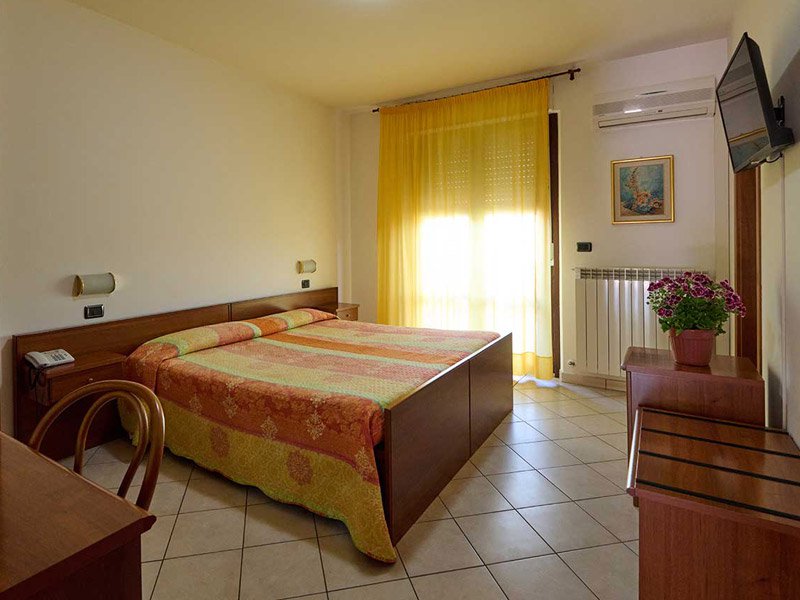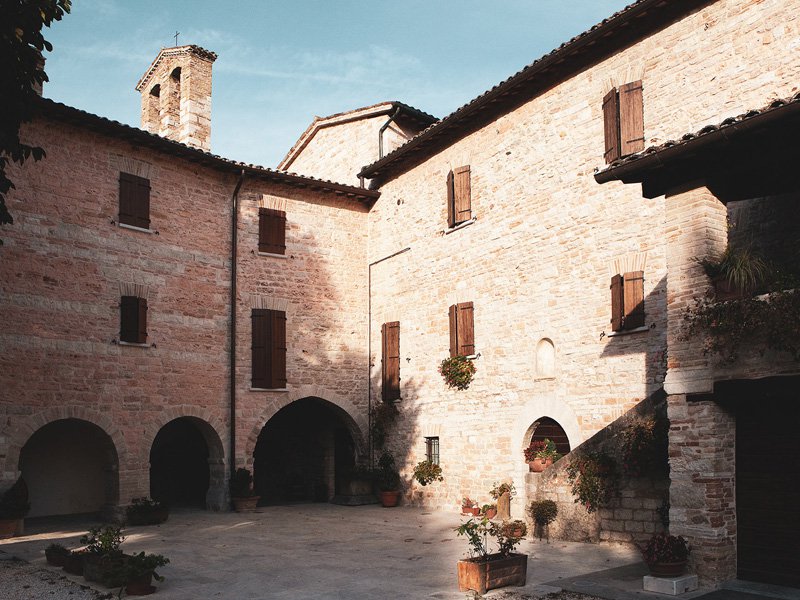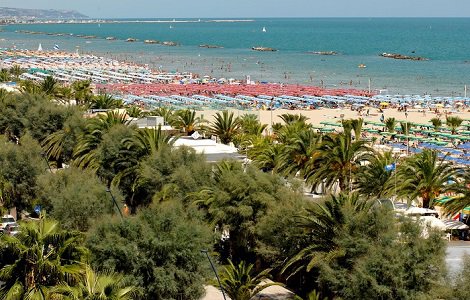Find out Acqualagna
Info and history
The city of Acqualagna is located in the Marche Apennines near the " Gola del Furlo ", near the ancient Via Flaminia. Already existing in Roman times as Pitinum Mergens (a few kilometers from the current position of the city), in the Middle Ages it was referred to as Acquebattaglia (hence Acqualagna), in memory of a battle between the Byzantines and the Goths that took place in the century. YOU. The fame of Acqualagna is mainly linked to the collection and marketing of the "truffle"; here there are three fairs a year dedicated to the precious tuber, not only as regards local production but of the whole peninsula, so much so that it is defined as the "truffle capital". The fairs are open to large traders but also to the public, who can buy and taste the truffle specialties, as well as other typical products of the area such as wines (red from the Pesaresi hills), meats and cheeses. For those who want to try the experience of the truffle hunter, guided outings are organized by expert truffle hunters who accompany you with the dogs on a hunt. The fairs take place on 14 and 15 August (National Summer Black Truffle Fair), late October - early November (National White Truffle Fair) and the penultimate Sunday of February (Regional Black Truffle Fair).
To be seen
In the historic center of Acqualagna we can visit the C Parish Church of Santa Lucia (16th century) and the Archaeological Museum "Antiquarium Pitinum Mergens" which houses finds from the Roman and Picene periods from from excavations carried out in the territory of the municipality. A few kilometers from the city are: the Romanesque Abbey of San Vincenzo (IX century), known as Petrapertusa, built by Benedictine monks on an existing crypt of the century. VI, the Sanctuary of the Madonna del Pelingo which houses a 15th century fresco. depicting the Madonna and Child, the Roman-Gothic Church of the Annunciation (Fraz. Petriccio) and the Fortress on Candigliano . Near the Gola del Furlo, a destination of geological and naturalistic interest, there are the monumental remains of the Via Flaminia (3rd century AD) and the tunnel opened in the rock at the behest of the Emperor Vespasian, in the year 76 AD.


